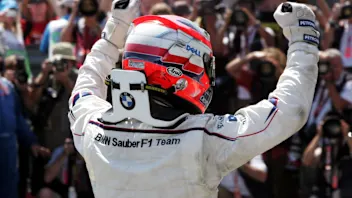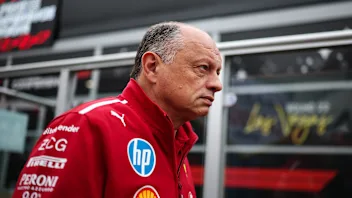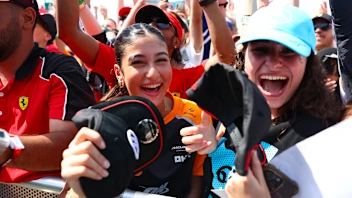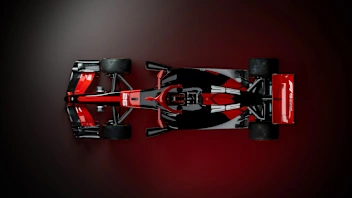MONDAY MORNING DEBRIEF: Three different tyre strategies on show – but which was the quickest way to the flag in Japan?


Max Verstappen’s superiority around Suzuka, as he clinched Red Bull the world constructors' championship, was such that he could have won the race with any tyre strategy.
For the record, he was actually on a slightly disadvantageous combination of tyre compounds in this two-stop race, having to do two medium stints and only one hard on a day when the hard was the better race tyre. He hadn’t saved two new sets of hards through practice like McLaren and Mercedes, not that it mattered.
Next Up
Related Articles
 Tremayne'Why I’ll always have a soft spot for Sauber'
Tremayne'Why I’ll always have a soft spot for Sauber' ExclusiveHow APXGP was brought to life by costume designer Julian Day
ExclusiveHow APXGP was brought to life by costume designer Julian Day Vasseur says he misjudged impact of switching focus to 2026
Vasseur says he misjudged impact of switching focus to 2026 Formula 1’s record-breaking 2025 season in numbers
Formula 1’s record-breaking 2025 season in numbers Everything you need to know about F1's new rules for 2026
Everything you need to know about F1's new rules for 2026 ExclusiveHow Norris made his school teachers ‘enormously proud’
ExclusiveHow Norris made his school teachers ‘enormously proud’
